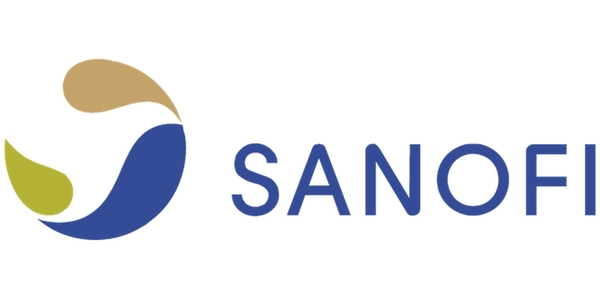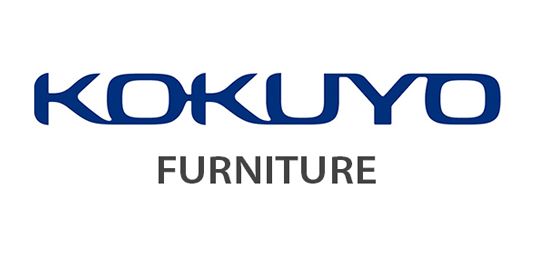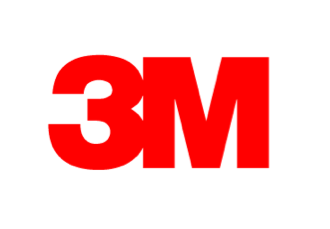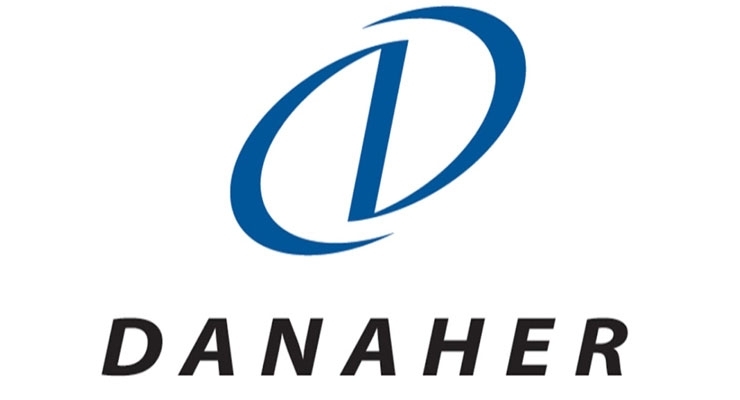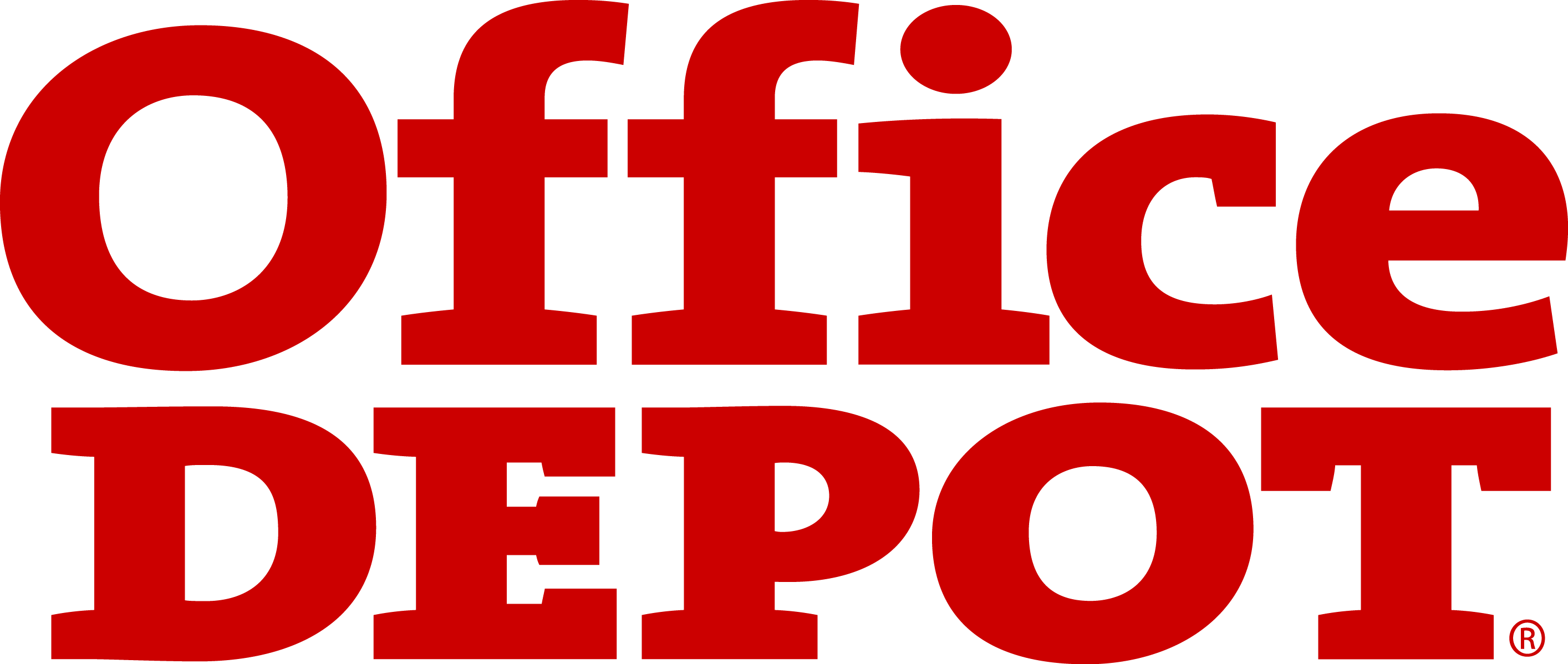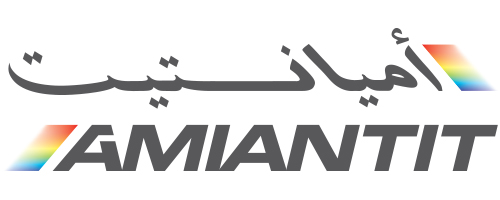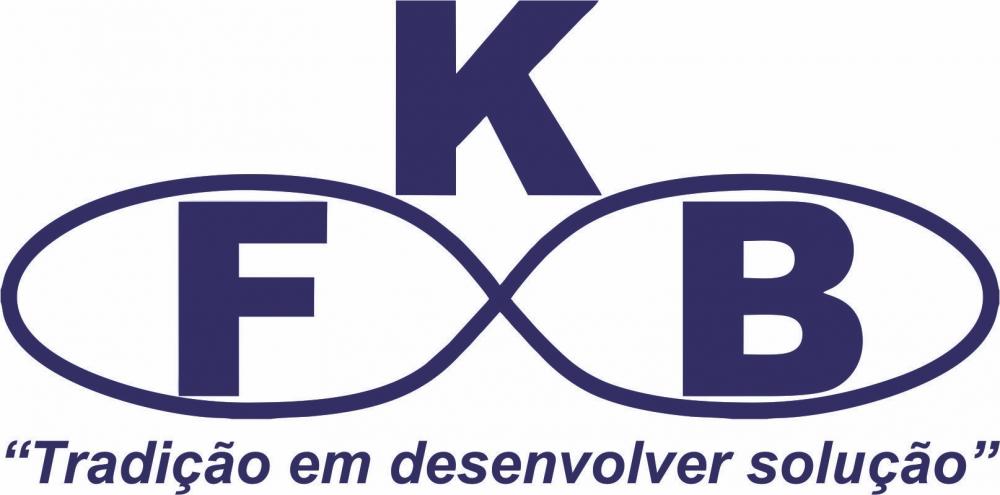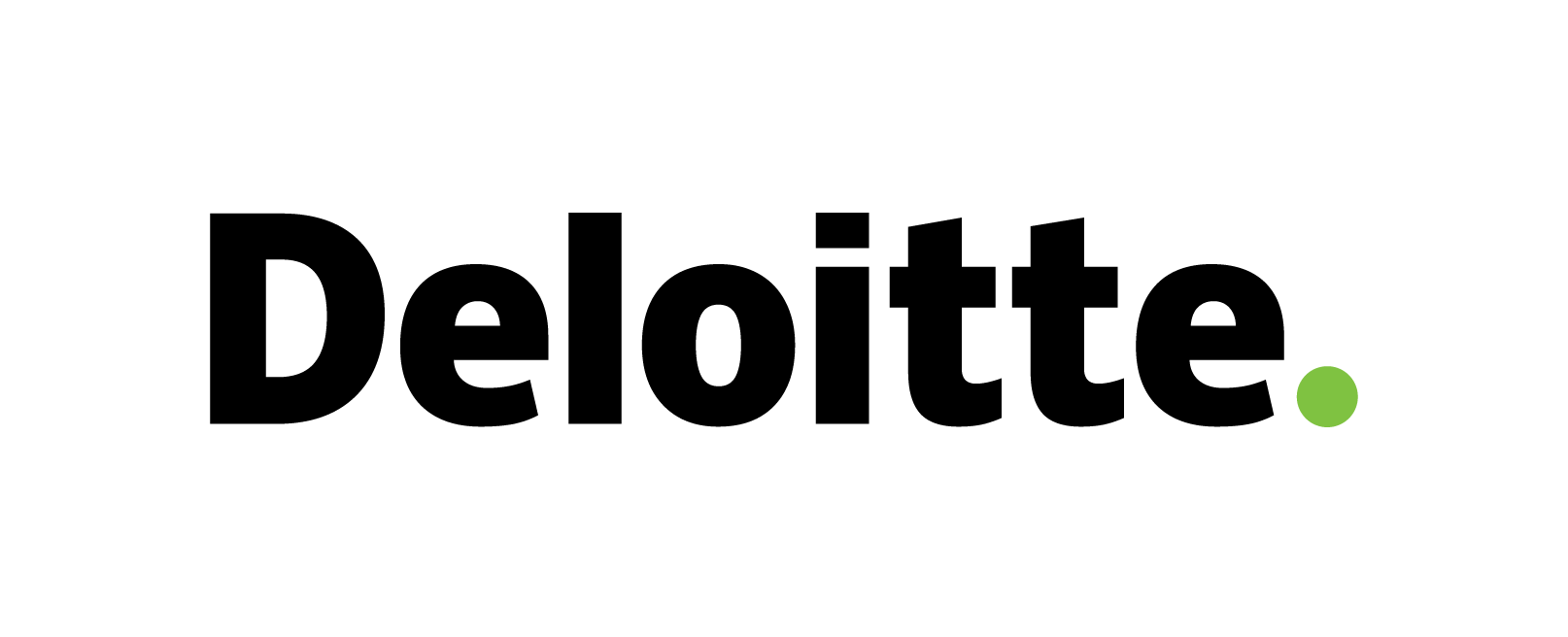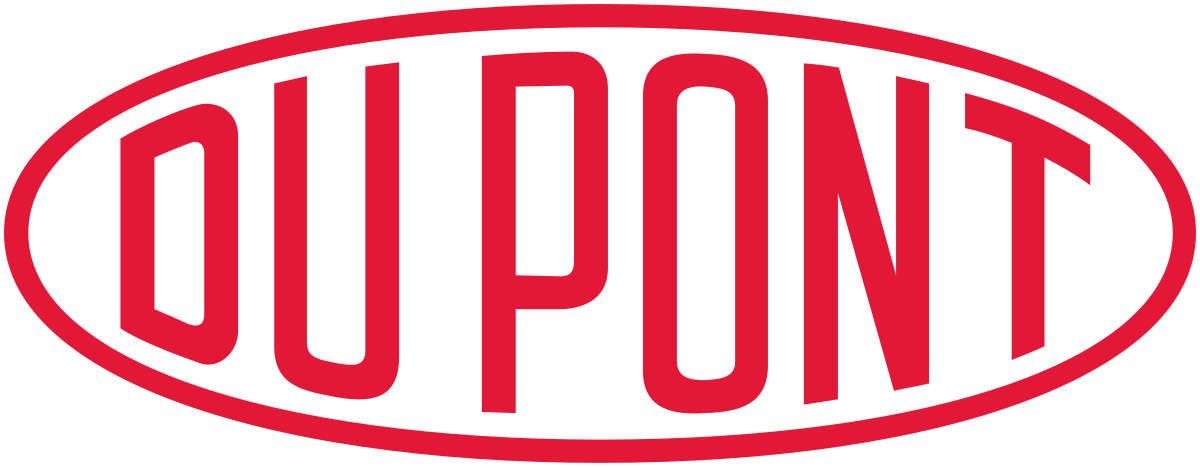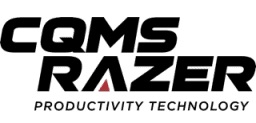Frozen Food Market By Based on Product (Fruits & vegetables, Dairy Products, Bakery Products, Meat & seafood Products, Convenience food & ready meals); By Based on Consumption (Food Service, Retail); Based on Type (Raw material, Half-cooked, Ready-to-Eat); By Based on Distribution Channel (Offline, Online); By Region (North America, Europe, Asia Pacific, Latin America, Middle East & Africa) - Global Market Analysis, Trends, Opportunity and Forecast, 2022-2032
Frozen Food Market Overview
Food products preserved under low temperature and used over a long period are known as frozen food. In 2022, the frozen food market was valued at around 290.8 billion USD and estimated to 425.7 billion USD by 2032. The market is expected to witness a growth rate of 4.9 % from 2022 to 2032.
The frozen food market consists of various products such as ready meals, vegetables, and fruits, potatoes, meat and poultry, seafood, and soup. These meals are further classified into ready to eat foods, bakery, snacks and desserts. The primary users of frozen foods are businesses such as hotels, caterers, restaurants and fast-food chains and they buy frozen food products such as frozen vegetables and fruits, potatoes including non-vegetarian products.
Frozen Food Market Insights
The most commonly used grocery items across North America and Europe are frozen meat and poultry and seafood, among the other grocery items. The largest market for frozen bakery and desserts is Europe. In India's markets, the retail frozen food industry is evolving and is in its very nascent phase. However, in the past few years, it has witnessed steady growth. The key drivers for the global frozen food market are the increase in frozen food products by giants such as KFC, McDonald's, Pizza Hut, Subway, and Frozen Potatoes. The other factors that are expected to drive the market are utilizing these products by numerous end-users such as full-service restaurants, hotels and resorts, and quick-service restaurants.
There is a significant growth in the women's employment rate across the world. And because of this, it becomes significantly difficult for them to cook meals, which results in consuming frozen read meals. The market based on product type is categorized into frozen ready meals, frozen meat and poultry, frozen seafood, frozen vegetables and fruits, frozen and refrigerated soups, and frozen potatoes. Based on end user, the market is classified into food service industry and retail users. This is due to the surge in frozen pizza crust, bread, and frozen bakery products, which act as a critical driver in the ready meals segment.
At a growth rate of 4.9% the frozen potatoes segment is expected to grow from 2022 to 2032. The segment of frozen seafood products follows this, and it is expected to witness a growth rate of 4.9% from 2022 to 2032. There are new launches in the frozen foods market due to increased investment in R&D of food processing coupled with strengthening distribution network of frozen food items, and it is expected to contribute significantly to the growth of the frozen ready meals market segment.
Based on user, the foodservice industry segment dominated the market with share of 53.9% in the year 2022. And it is expected to continue throughout the frozen food market. Moreover, this can be attributed to fact that the foodservice industry is the primary consumer of frozen foods. And it includes hotels, chains, fast food restaurants, cash and carry outlets, caterers, and other business buyers. Furthermore, the popularity of frozen food in the foodservice sector increases as they can be stored and used over a long time, which saves operational costs. Frozen food requires less time to cook and reduce customer waiting time. Fast-food chains and quick-service restaurants have adopted them as substitutes for fresh items. Moreover, an increase in digital penetration and quick access to smartphones have resulted in more purchases through online channels. Therefore, many food chains are shifting toward online portals to enhance online food ordering for fast food chains, which has augmented the growth of the frozen food market.
Frozen Food Market Key Players
The key market players are:
- General Mills Inc (US)
- Conagra Brands, Inc. (US)
- Grupo Bimbo S.A.B. de C.V. (Mexico)
- Nestle SA (Switzerland)
- Unilever (Netherlands)
- Kellogg Company (US)
- McCain Foods Limited (Canada)
- Kraft Heinz Company (US)
- Associated British Foods plc (UK)
- Ajinomoto (Japan)
- Vandemoortele NV (Belgium)
- Lantmannen Unibake International (Denmark)
- Cargill (US)
- Europastry S.A. (Spain)
- JBS (Brazil)
- Kidfresh (US)
- Aryzta (US)
- Kuppies (India)
- OOB Organics (New Zealand)
- Omar International Pvt Ltd (India)
- Bubba Foods (US)
- Shishi He Deming (China)
- Smart Price Sales & Marketing (US)
- Chevon Agrotech Pvt Ltd (India)
- Omar International Pvt Ltd (India)
Frozen Food Market Segmentation
Based on Product
- Fruits & vegetables
- Frozen fruits
- Frozen vegetables
- Frozen potatoes
- Other vegetables
- Dairy products
- Bakery products
- Breads & pizza crusts
- Other bakery products
- Meat & seafood products
- Convenience food & ready meals
- Other products
Based on Consumption:
- Food Service
- Retail
Based on Type:
- Raw material
- Half-cooked
- Ready-to-Eat
Based on Distribution Channel:
- Offline
- Online
Based on Region:
- North America (The U.S. and Canada)
- Europe (U.K., Germany, France, Italy, Spain, Russia, Poland, Turkey, Switzerland, and Rest of Europe)
- Asia Pacific (Japan, China, India, Australia, South Korea, Vietnam, Philippines, Malaysia, Indonesia, Thailand, and Rest of Asia Pacific)
- Latin America (Brazil, Mexico, Columbia, Argentina, Chile, and Rest of Latin America)
- Middle East & Africa (South Africa, Saudi Arabia, UAE, Oman, Egypt, and Rest of Middle East & Africa)

Need Customized Report for Your Business ?
Utilize the Power of Customized Research Aligned with Your Business Goals
Request for Customized Report- Quick Contact -
- ISO Certified Logo -



